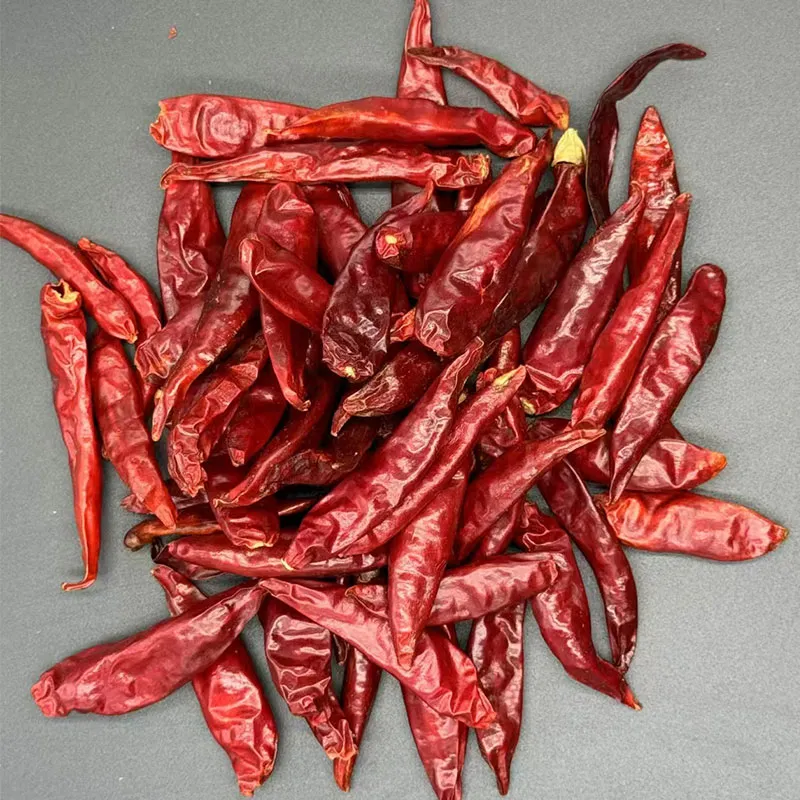- No. 268 Xianghe Street, Economic Development Zone of Xingtai city, Hebei 054001 China
- Byron@hbhongri.cn
Exploring Various Varieties of Dried Red Chili Peppers and Their Unique Flavors
Types of Dried Red Chili Peppers
Dried red chili peppers are an essential ingredient in many cuisines around the world, celebrated not only for their heat but also for their complex flavors and vibrant colors. Each type of chili pepper possesses distinct characteristics that can enhance various dishes, from stews and salsas to marinades and sauces. Here, we explore some of the most popular types of dried red chili peppers, their unique flavors, and culinary uses.
1. Ancho Chili
Ancho chilis are dried Poblanos, one of the most popular peppers in Mexican cuisine. They have a rich, sweet, and smoky flavor with a mild to medium heat level (typically around 1,000 to 2,000 Scoville Heat Units). Their dark reddish-brown color and wrinkled appearance make them easily recognizable. Anchos are often used in mole sauces, enchiladas, and chili con carne. When rehydrated, they can also be blended into sauces or salsas to add depth and a slightly sweet flavor.
Guajillo chilis are another staple in Mexican cooking, and they are known for their bright red color and deep, fruity flavor with hints of berry and tea. With a heat level ranging from 2,500 to 5,000 Scoville Heat Units, they can pack a bit more punch than Ancho chilis. Guajillos are frequently used in sauces, marinades, and spice blends. Their versatility makes them a popular choice for both traditional and modern dishes, including tacos and enchiladas.
3. Chipotle Pepper
Chipotle peppers are smoke-dried Jalapeños, which lend a unique smoky flavor to dishes. They vary in heat, typically ranging from 5,000 to 10,000 Scoville Heat Units. Chipotles can be found in various forms, including whole dried peppers, ground powder, and chipotle in adobo sauce. Their robust flavor is perfect for adding depth to soups, stews, barbecue sauces, and even margaritas.
types of dried red chili peppers

4. New Mexico Chili
New Mexico chilis are a variety of chilies cultivated primarily in New Mexico. They come in various heat levels, ranging from mild (around 1,000 Scoville Heat Units) to medium (up to 5,000 Scoville Heat Units), and are usually dried in a long, narrow shape. Their flavor is rich and earthy, often with hints of sweetness. New Mexico chilis are widely used to make red chile sauce, which is a critical component in many Southwestern dishes, including enchiladas and tamales.
5. Paprika
While often associated with Hungarian cuisine, paprika can be made from various types of Capsicum annuum peppers, including red chili varieties. Paprika comes in sweet, smoked, and hot varieties, adding a distinctive flavor and color to dishes. It has a relatively mild heat level, typically below 1,000 Scoville Heat Units, making it an excellent choice for seasoning without overwhelming other flavors. It is commonly used as a garnish for deviled eggs, potato salads, and various meat dishes.
6. Aleppo Pepper
While not exclusively a dried chili pepper, Aleppo pepper deserves a mention due to its unique flavor profile. Hailing from Syria, Aleppo peppers are often crushed to create a coarse seasoning. They have a moderate heat level (around 10,000 to 30,000 Scoville Heat Units) and a fruity, slightly tangy taste. Aleppo pepper is popular in Middle Eastern and Mediterranean cuisines and is used to season meats, vegetables, and salads.
Conclusion
Dried red chili peppers are not just about heat; they bring a multitude of flavors to the table, enhancing dishes from different cultures. Understanding the unique characteristics of each type can help cooks and food enthusiasts utilize them effectively, unlocking a world of taste possibilities. Whether you’re crafting a traditional mole sauce or adding a kick to a modern recipe, the right dried chili can elevate any dish to new culinary heights.
-
Unlock the Power of Nature with Capsicum Oleoresin ExtractNewsJul.03,2025
-
Unleash the Heat: Discover the Wonders of Spicy Crushed Red PepperNewsJul.03,2025
-
Unleash the Flavor of Red Pepper Pods – Elevate Your Culinary Creations!NewsJul.03,2025
-
The Rich Flavor of Red Pepper Dried – The Ultimate Ingredient for Your Culinary Creations!NewsJul.03,2025
-
Discover the Rich Flavor of the PaprikaNewsJul.03,2025
-
Discover the Flavorful World of Paprika & Chili ProductsNewsJul.03,2025







